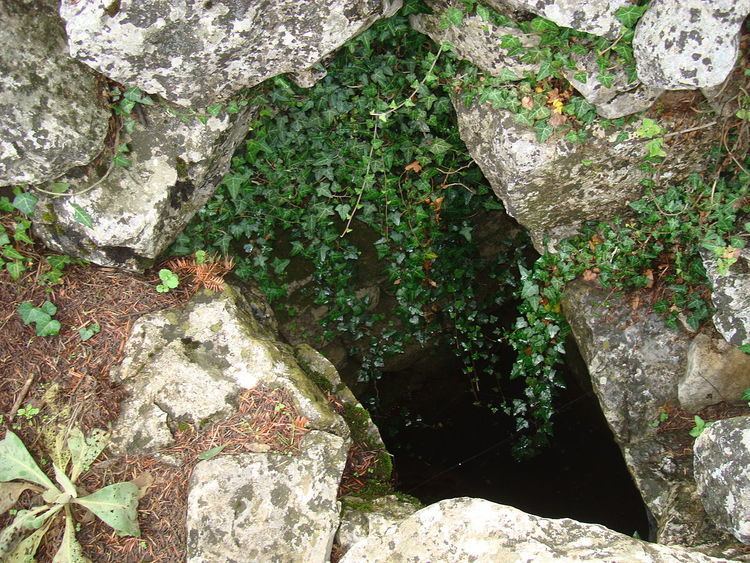 | ||
Pegasides were nymphs from Greek mythology connected to wells and brooks. They are associated with water holes, in particular those the mythical horse Pegasus made by striking the ground with his hooves.
Contents
Etymology
Pegasides are connected with the term Pegasis, which means all that descended from Pegasus or originated from him. As a further relation, Pegasis also is the name given to the nymph Oenone by the Roman poet Ovid, who was the daughter of the river-god Cebrenus.
Origins
Pegasides are related to the divinity Pegasus. As laid on some mythic versions this alated stallion was the son of Poseidon, the sea-god of the Greeks. Pegasus was as well sacred to the Roman god Neptune and the rivers, and dedicated as a general symbol of the waters.
According to the mythological narration, the hero Bellerophon needed the untamed Pegasus to help him defeat the monster Chimera. Hence while the steed satisfied his thirst at the fountain Pirene in Corinth, Greece, Bellerophon managed to catch him. Pegasus, alarmed by the sudden assault, struck with his hoof against a rock, which then is said to have produced the fountain Hippocrene on Mount Helicon.
This spring, and other wells that rose from the blows of Pegasus, are associated with the Pegasides, the nymphs of brooks and wells. This way, nymphs in general from wells and brooks, and sometimes the goddesses Muses are themselves also called Pegasides because the fountain Hippocrene was sacred to them.
